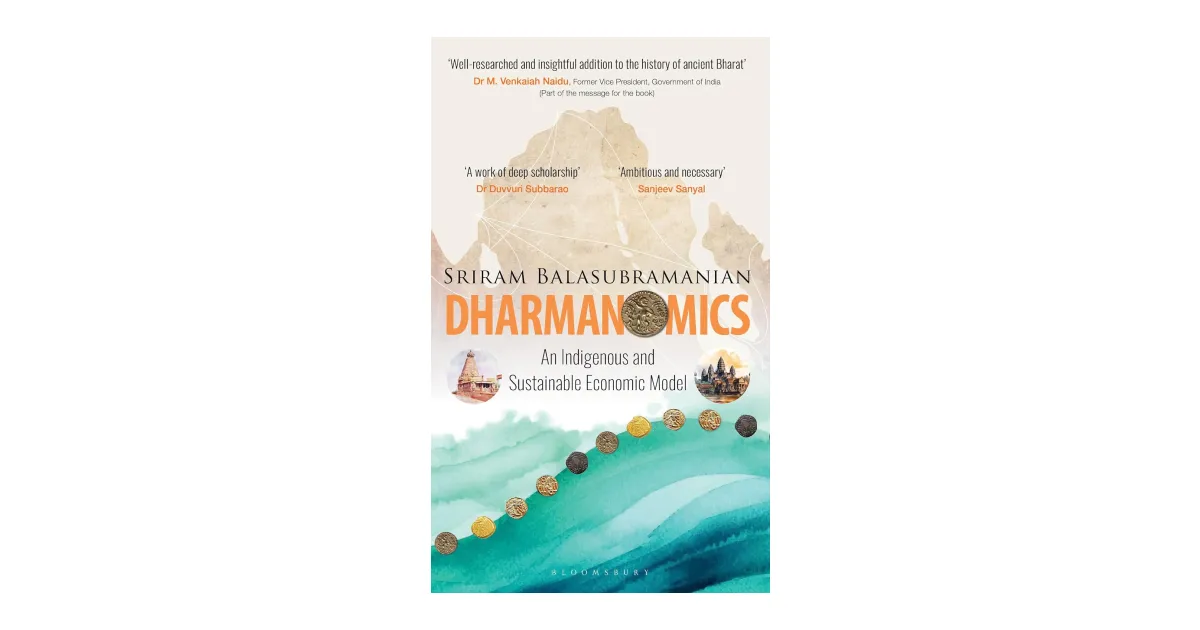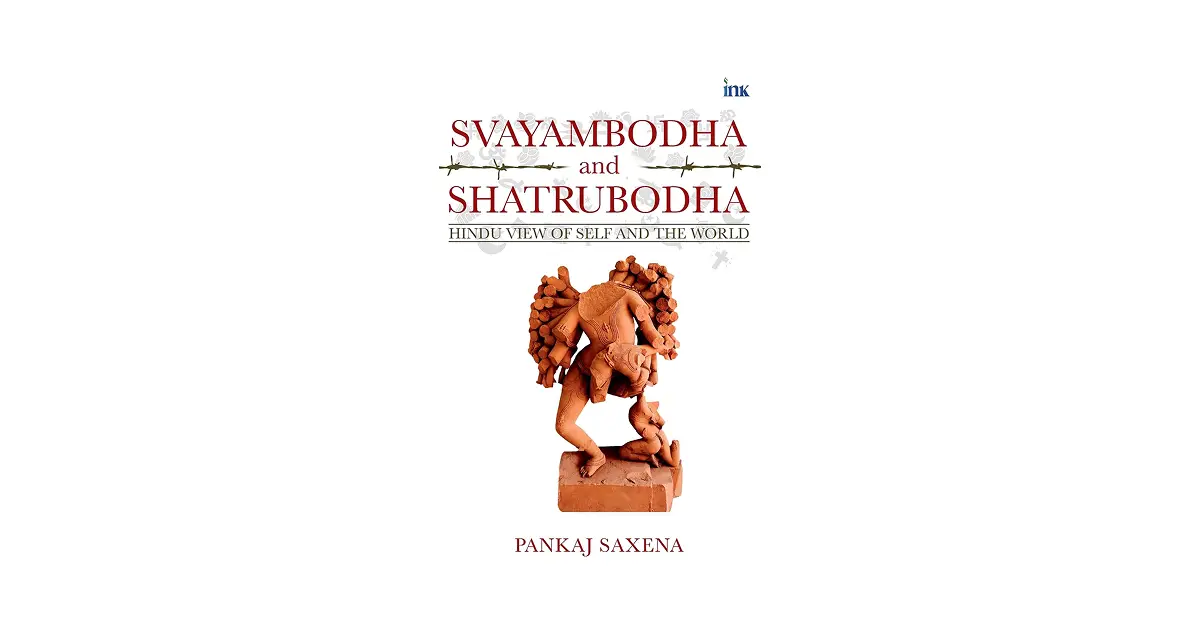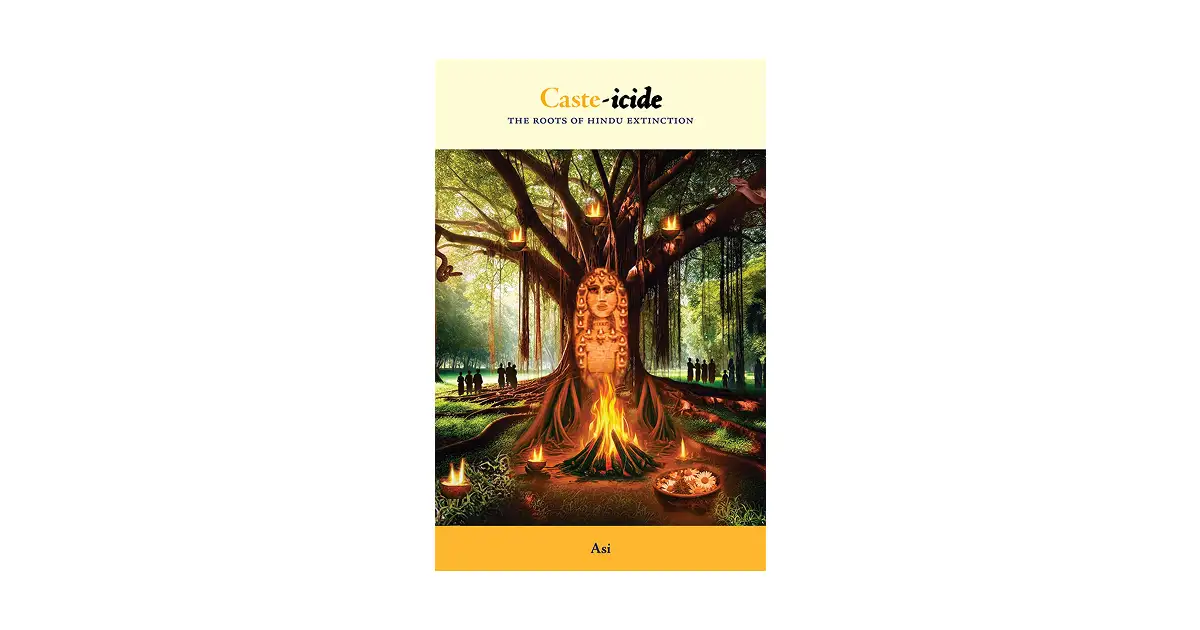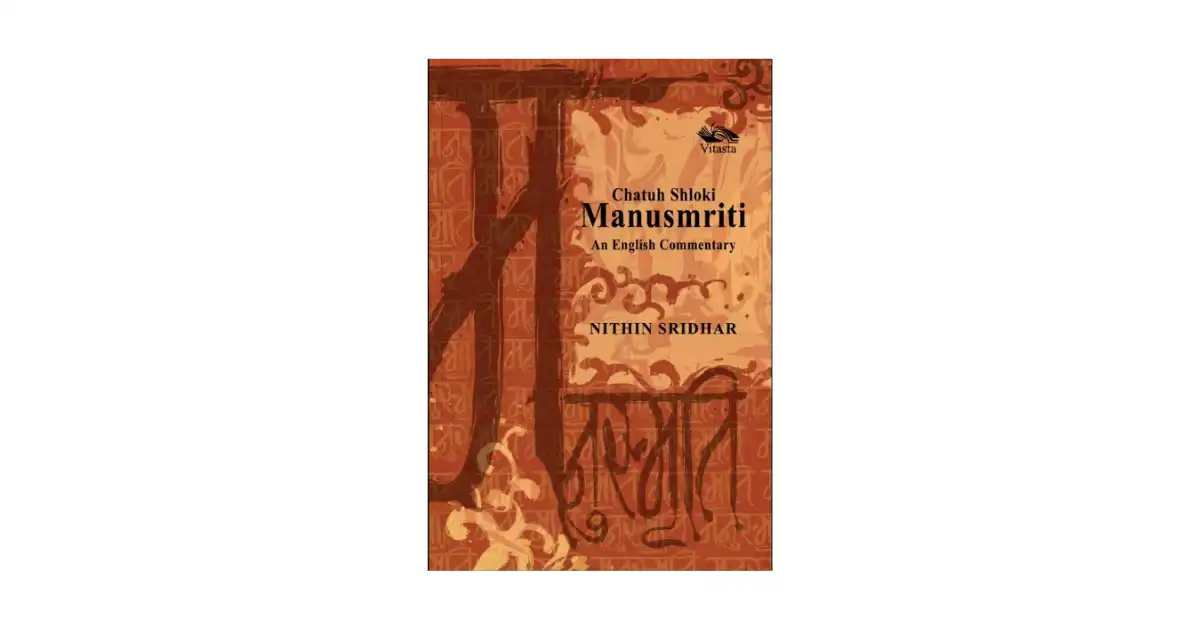Protectors of the Vira-Bananju-Dharma (Law of the heroic traders)…Born to be wanderers over many countries, the Earth as their sack…the serpent race as the cords, the betel pouch as a secret pocket…they fill up the emperor’s treasury of gold, his treasury of jewels and his armory of weapons; and from the rest they daily bestow gifts on pundits and munis… 11th century inscription of Ayyavola śreṇī in Nellore
In his latest book, Dharmanomics: An Indigenous and Sustainable Economic Model, author Sriram Balasubramanian takes the reader through the history of dharma based artha in ancient India. Tracing the continuity of dharmanomics from the times of the Sarasvati valley civilization to the Vijayanagara empire with special emphasis on Chola, Pallava and Pandya dynasties, he highlights the specific elements of commerce which helped India attain an enviable position in the global marketplace.
This book is a timely need in the world, not only for India to indigenize its economic systems, but because it reinforces the position that economic activity can be communal and sacred, as opposed to being individual and secular. Dharmanomics is based on dharma, the eternal principle of contentment, and is a function of Kautilyan Dharmic Capitalism (KDC), dhārmika ecosystem, and śreṇī dharma. While the author had focused on KDC in his previous book, here he builds the case for the dhārmika temple ecosystem and the proliferation of śreṇīs in conducting business.
Śreṇīs really are the highlight of this investigation, and their constitution and operation bring to light how mercantile communities functioned in pre-colonized India. Contrary to the widespread trope that Indians were rigidly divided into varna based occupations, the śreṇīs were composed of individuals from all varnas and numerous jātis. It gives credence to the theory that jātis became ossified during the numerous economically devastating colonizations, which snuffed out industry and trade zeal from native Indians. The existence of śreṇīs also dismantles the barr on crossing seven seas claim, where the author shows that not only did people cross the seven seas, but established kingdoms across them as well.
Furthermore, the śreṇīs followed their own dharmas such as: Vira-Bananju-Dharma (Law of the heroic traders), sāmānya dharma or specific śreṇī dharma. While the śreṇīs professed loyalties towards their kings, they were fiercely independent and able to conduct business on their own terms, as long as it was in alignment with their dharma. Moreover, the author cites numerous examples from the reign of Cholas, Pandyas and Pallavas to prove that the kingdoms supported their śreṇīs in the form of conducive taxation, cordial relations and defence. And it was not just Indians who were supported thus; the author notes various kinds of śreṇīs, among them one being Añjuvannam or comprising foreigners settled in India.
The goods that were transacted by the śreṇīs included handicrafts, metal products and ores, animals, jewels, wine etc. These were in turn aided by efficient transportation through well maintained roadways and waterways. An administrative division of cities into Paṭṭinam (Coastal towns), Nagaram (Hinterland towns) and Nāḍu (State) during the reign of Cholas shows how the coast and hinterland complemented each other’s abilities in facilitating trade, sometimes even between the two coasts of the peninsula.
Another aspect of dharmanomics is the centrality of temples in the economy. Temples not only served as magnificent abodes of deities, they became the nodal points of both administrative and economic activities in the society. Funds from temples used to be utilized for irrigation and public works creation. Temples served as commercial banks for śreṇīs and others, and they also functioned as treasuries. The relationship between the community and the temples was one of interdependence, where the entire community amassed for the building and upkeep of the temple, and the temple looked after the spiritual and material needs of the community. This model of dharmanomics was not just limited to the Indian subcontinent, but also extended far beyond to Cambodia, Vietnam, Indonesia and other south east Asian countries.
The temple as an economic nerve center of the community was well known. More importantly, transactions conducted in the presence of deity were considered to be sacrosanct, and promises made were kept. Compare that to the largest bottleneck in the Indian judicial system today: Perjury i.e. lying on oath. This is one of the most intangible yet crucial lessons about the economic system from those days, that transactions were done under the pale of dharma. Dharma guides artha and not the other way round.
The component of dharma also brings in the element of sustainability. While taking of debt and creation of assets was facilitated, dharma recommended that people not spend beyond their means and not spend wastefully. This is a quality which is still prevalent in the mercantile communities of India today, where wealth is worshipped as Lakṣmī and behavioral values are passed down generations, for her preservation in the family. Although the author has not mentioned the pañca ṛṇa framework, it is another insight into the sustainable aspect of dharma where the future is not shortchanged for growth in the present.
The book does an essential job of tracing the continuity of the economic principle in action in India. As a wonderful coincidence, the author also notes the continuity of the symbol of Varāha from the SS civilization to the era of Cholas. It also indicates the direction of further research such as: The economic linkages between India and SE Asia, the impact of coinage on the monetary system of the times, and the impact of dharmanomics for the idea of Viksit Bharat, for which the author himself is taking the research forward. The resurgence of dharma based economy is a need of the hour and this book serves as a great resource for where to search.






